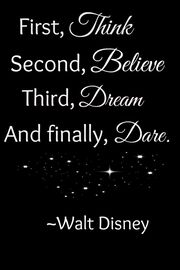|
Pirates of the Caribbean is the perfect attraction to unwind on during warm days. Here are five cool facts about this classic experience:
Rumor is, the gas cars are going to be leaving Disneylands Autopia soon.
In a move that will finally bring Disneyland’s Tomorrowland back to the future, the theme park has announced it will replace the gas-fueled miniature cars of Autopia with electric models in the next few years. *CONTINUE READING Tucked away in a quaint corner of Fantasyland, this fairytale eatery straight out of the enchanted countryside in Beauty and the Beast offers casual French cuisine. Serving breakfast, lunch or dinner. You can enjoy magnifique quick-service meals that transport you to Belle’s provincial village. Tame your inner beast with a juicy burger served with a side of potato bites or mandarin oranges or indulge in an artisanal pepperoni flatbread. Then, toast your good fortune with specialty beverages to match the season. Veggie lovers looking for a healthy alternative can dig into the Salade du Jardin, Petales de Pepperoni Flatbread or the Candelabra's Flaming Burger. And little ones can quell rumbling tummies with a kid-friendly burger or chicken tenders. Typically open 8:30 AM to 12:00 AM (or at park closing). VIEW THE MENU Try THE GREY STUFF - it's delicious!
Grey Stuff Gâteau $6.29 Cookies and Cream Mousse and Red Velvet Cake with a Raspberry Center. When we dined, they had the green stuff for St. Patricks. Green whipped frosting, mint chocolate cake. “I’m interested in doing things of lasting value. It’s heartbreaking to tear World’s Fairs down after two years.” -Walt Disney 1965
Fantasy Faire now occupies the area formally known as Carnation Gardens. The Royal Theatre still uses the original stage. Here you can see various princesses and characters roaming the area. You can also meet select princess at the adjacent Royal Hall. I met Gaston who was completely full of himself, going on and on about his muscles.
Suddenly, Belle walked by and he began screaming that he was hearing wedding bells. He started chanting, "WEDDING! WEDDING! WEDDING!" Needless to say, Belle refused. |
Categories
All
Archives
April 2024
|
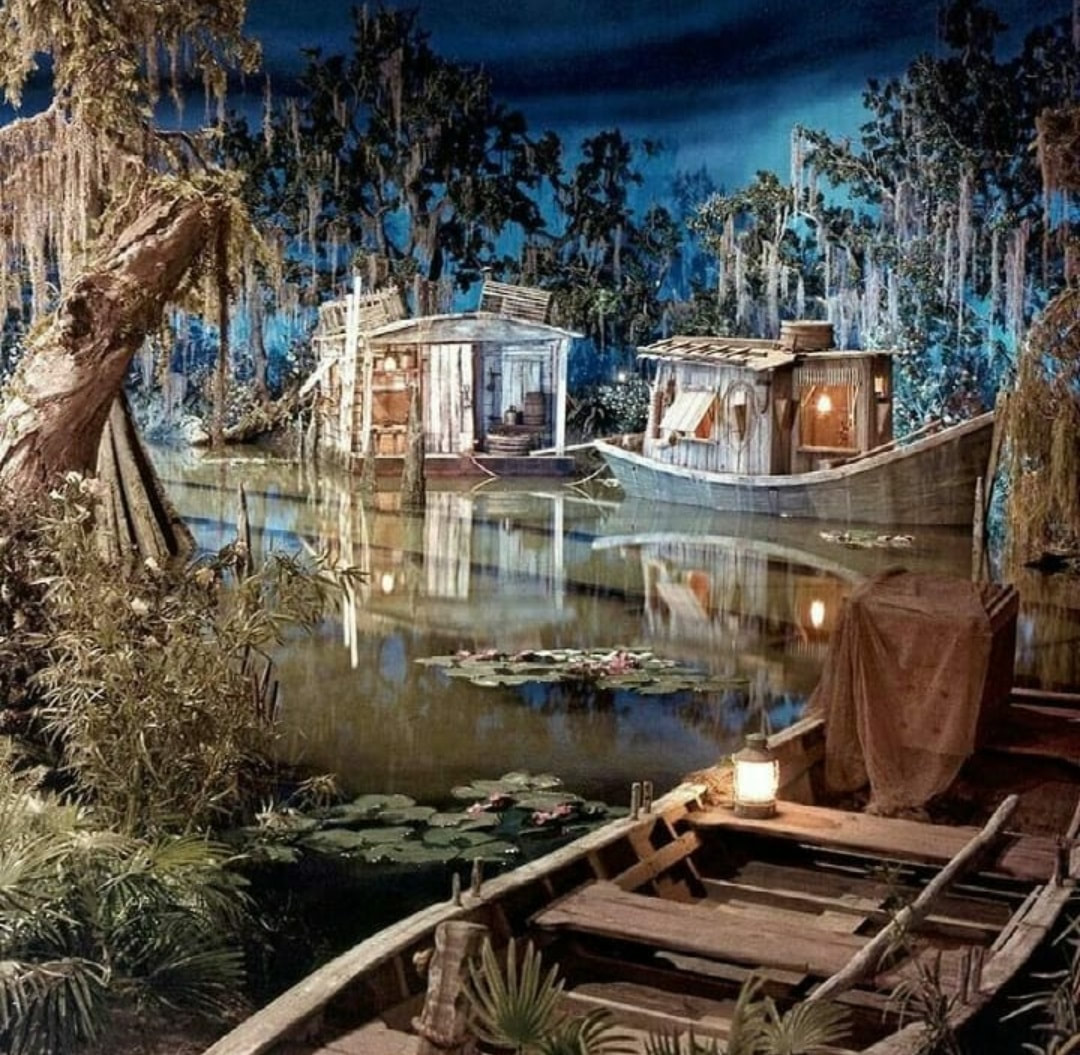
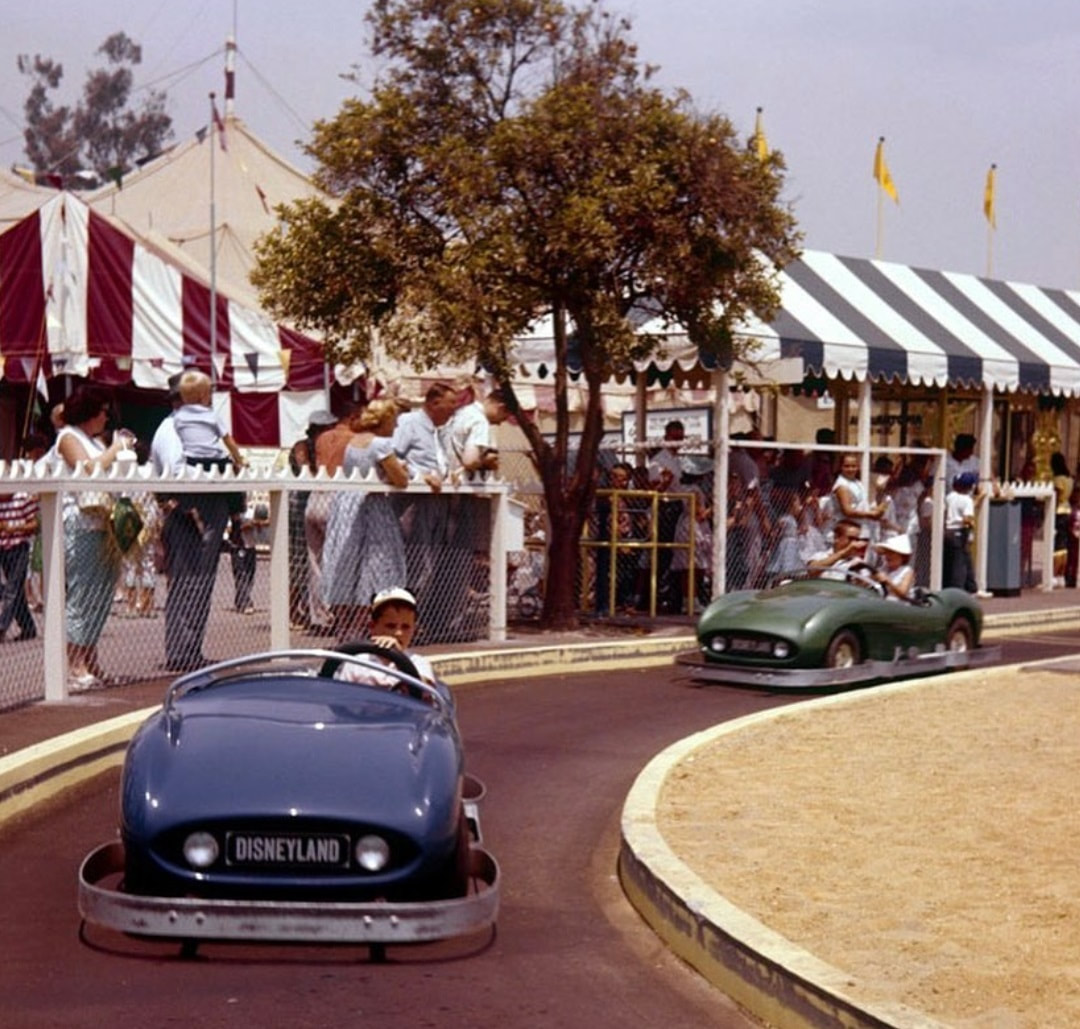
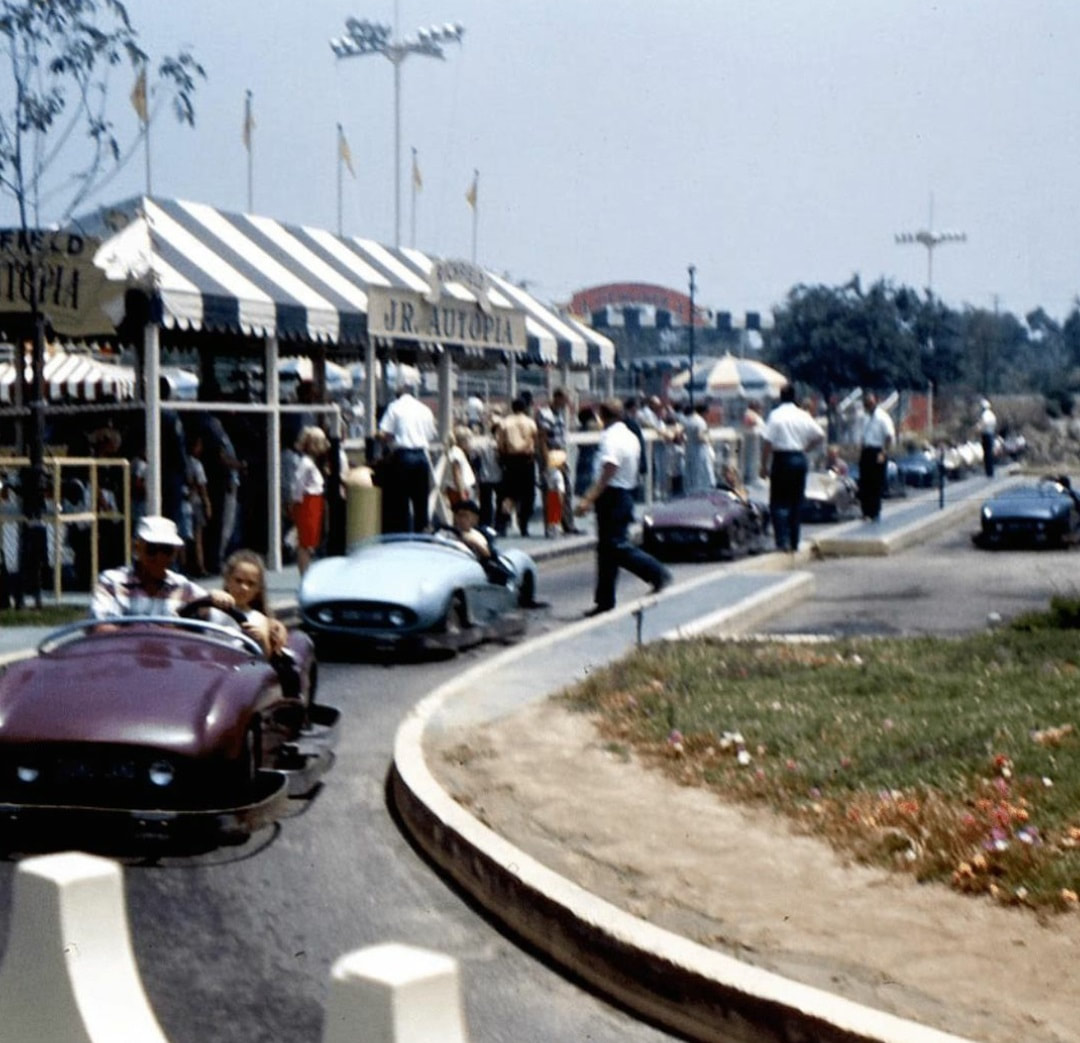
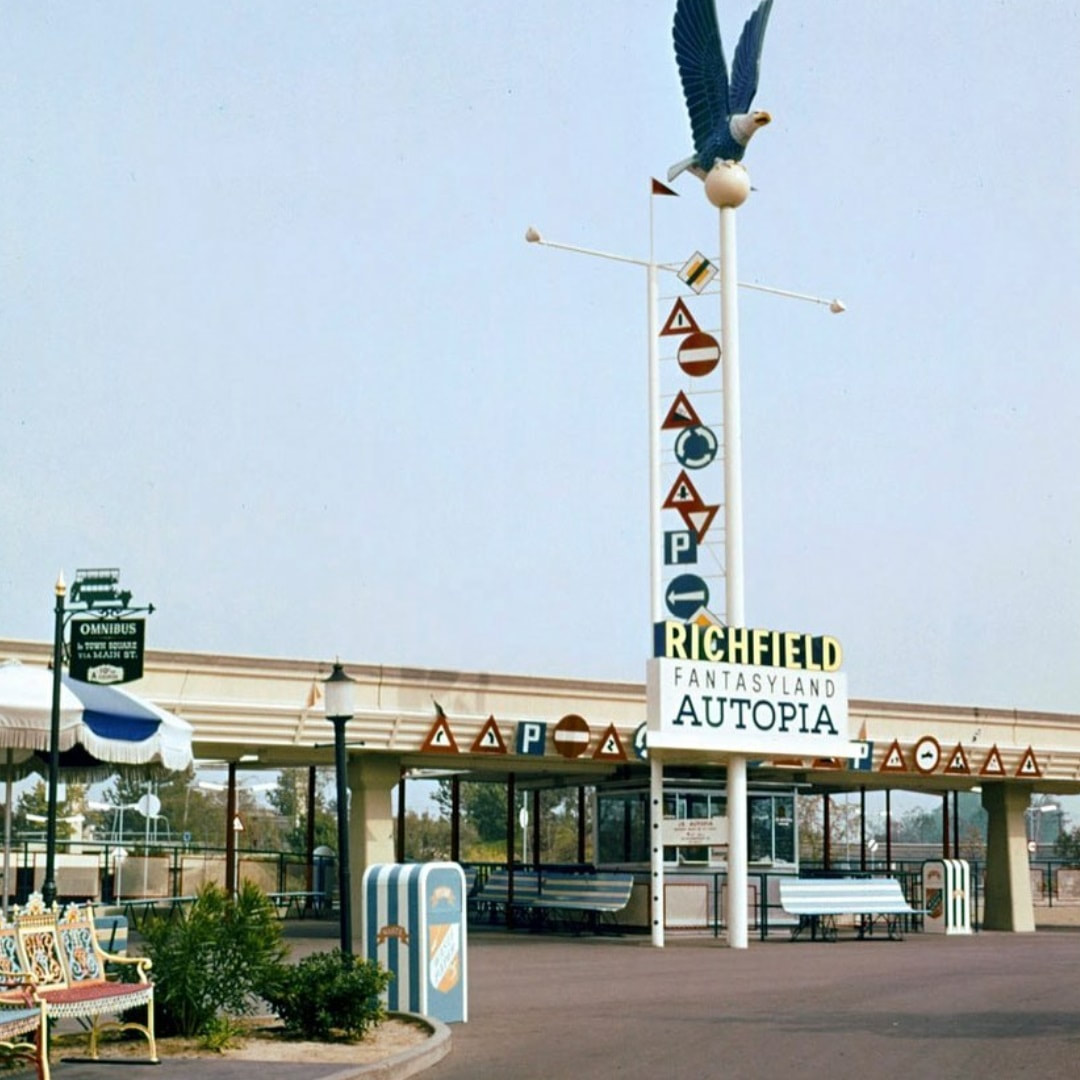
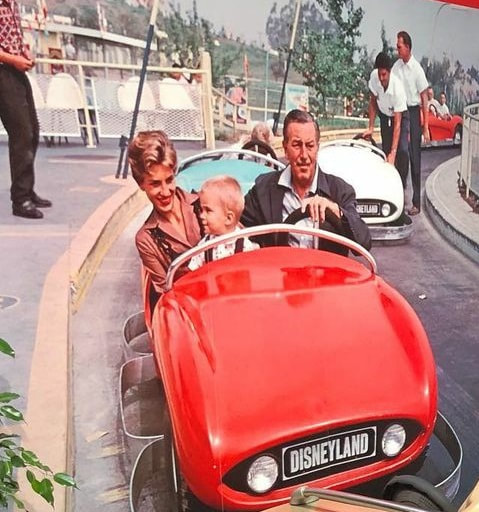
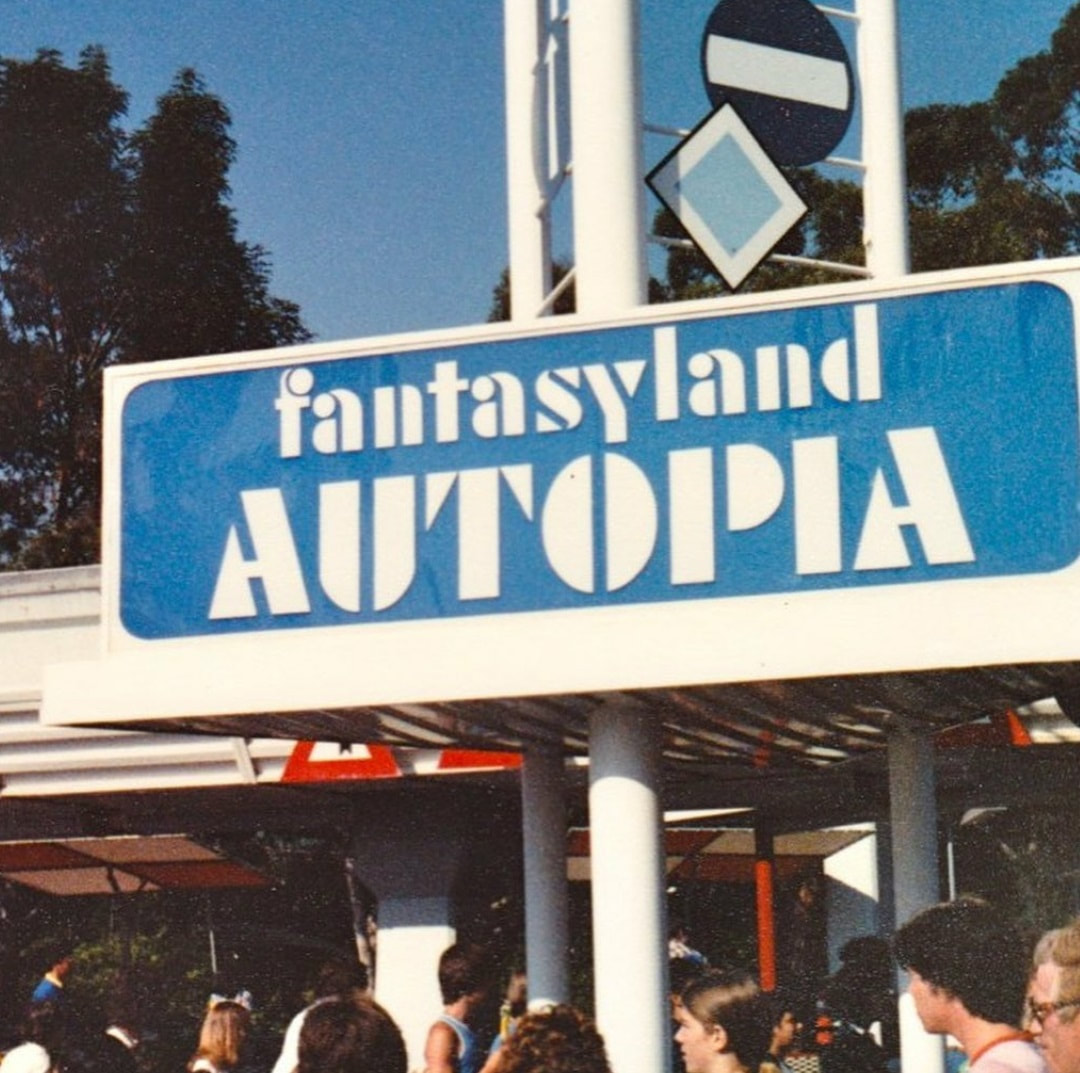
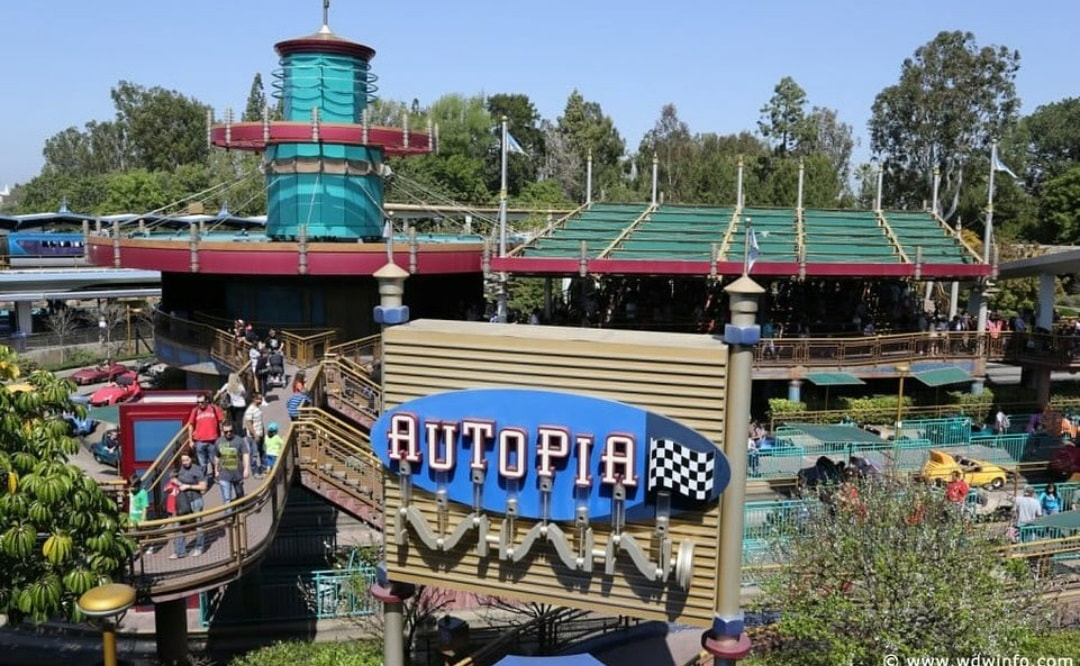
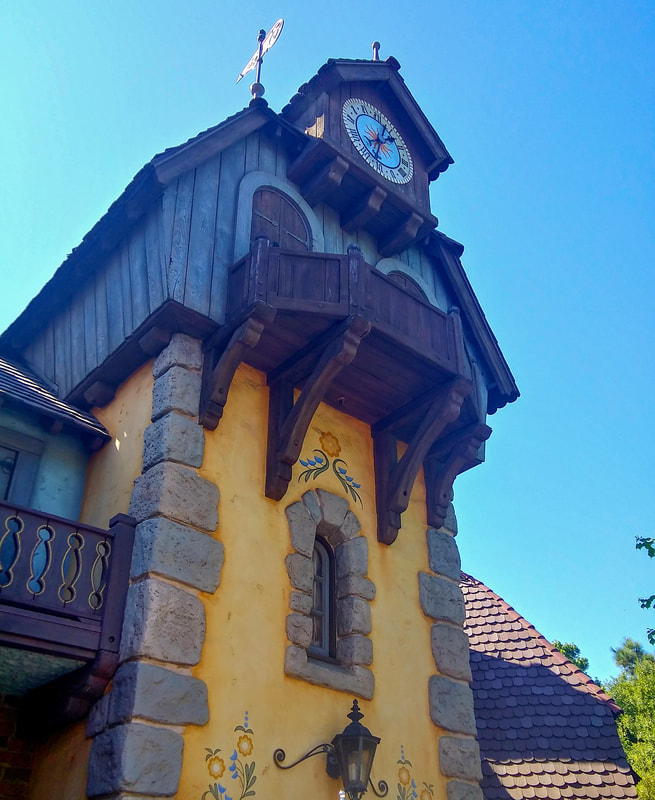
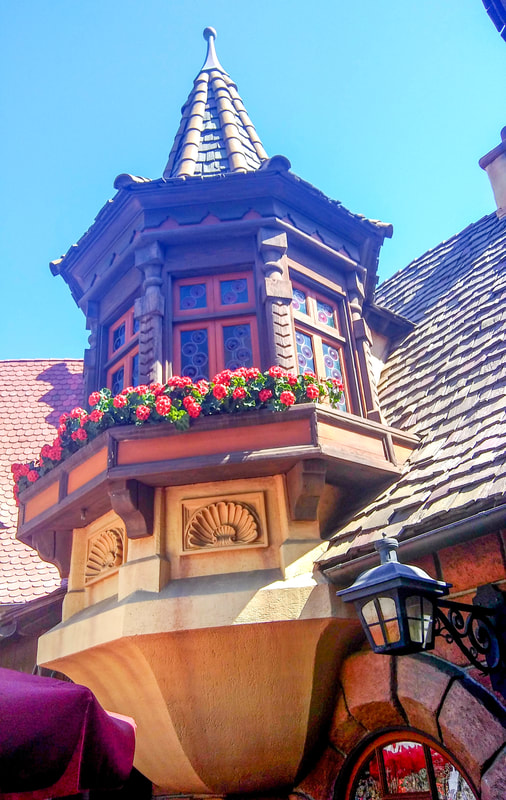
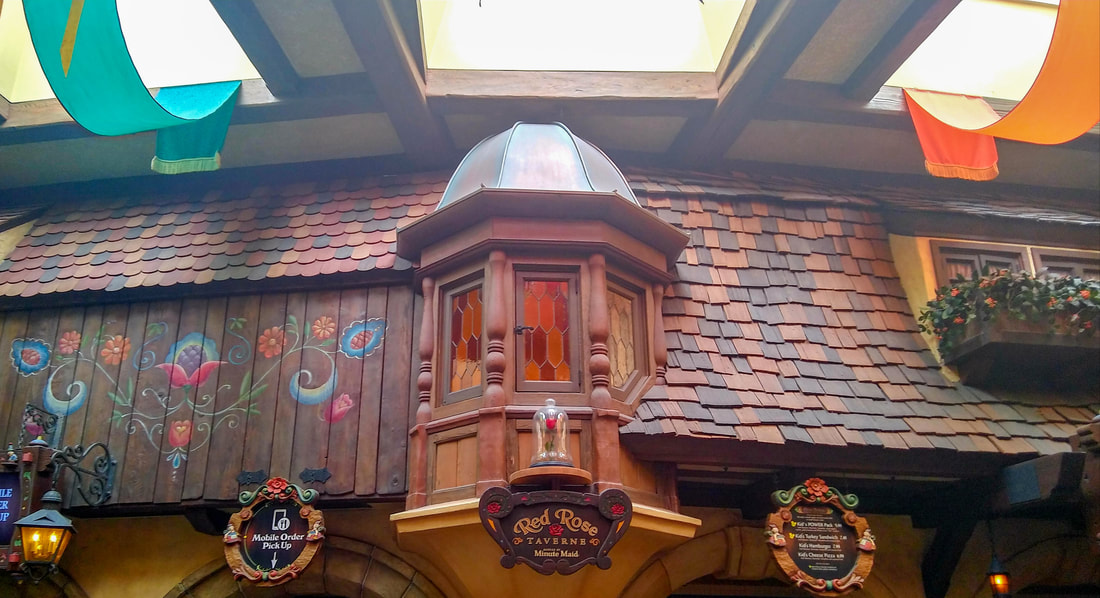
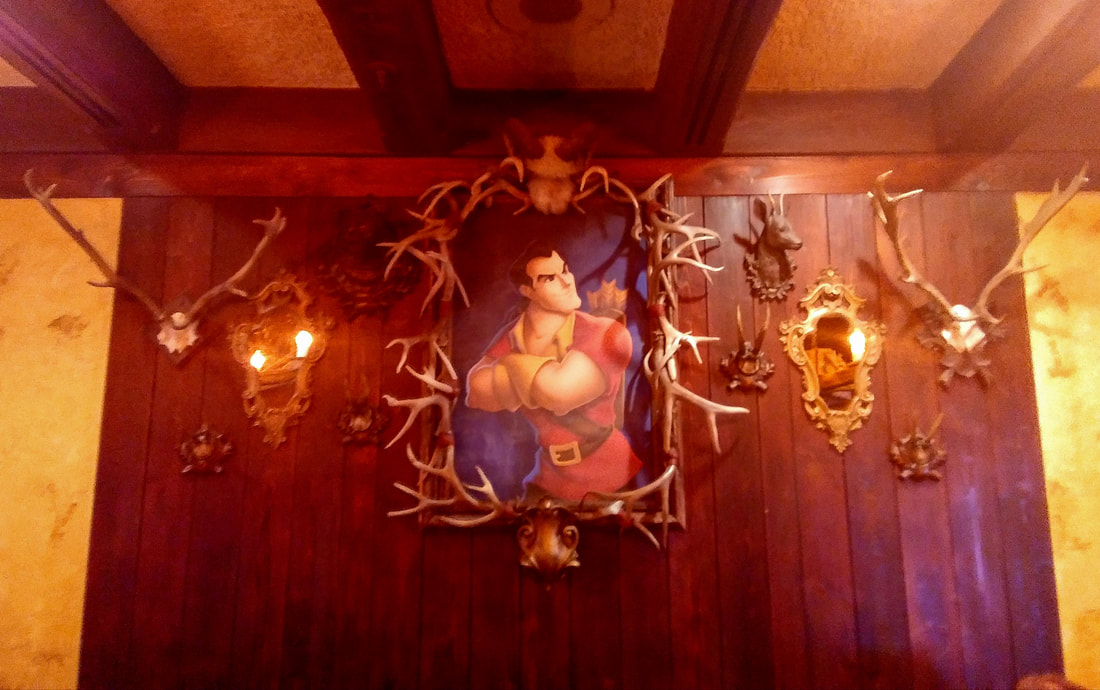
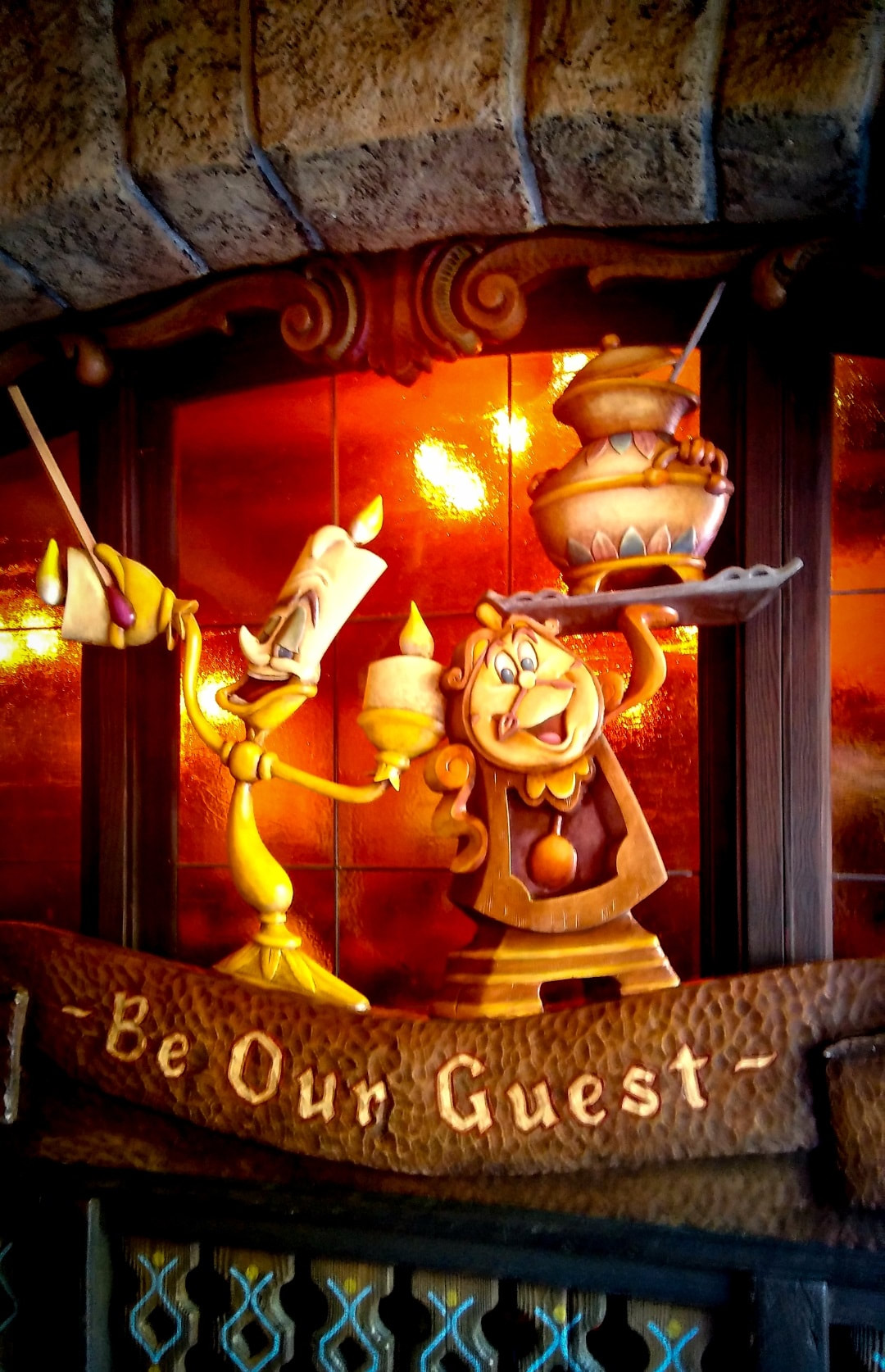
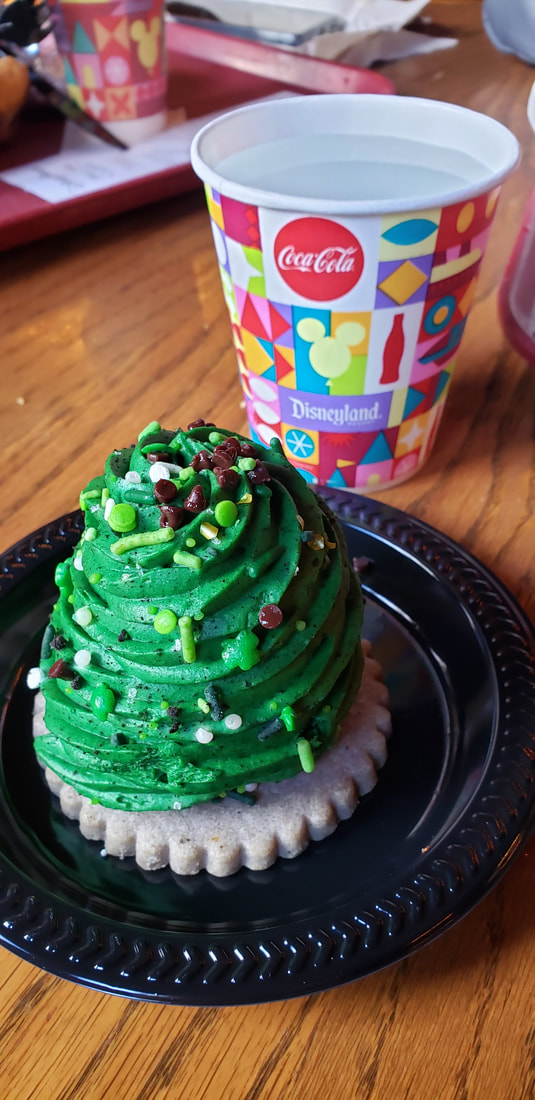
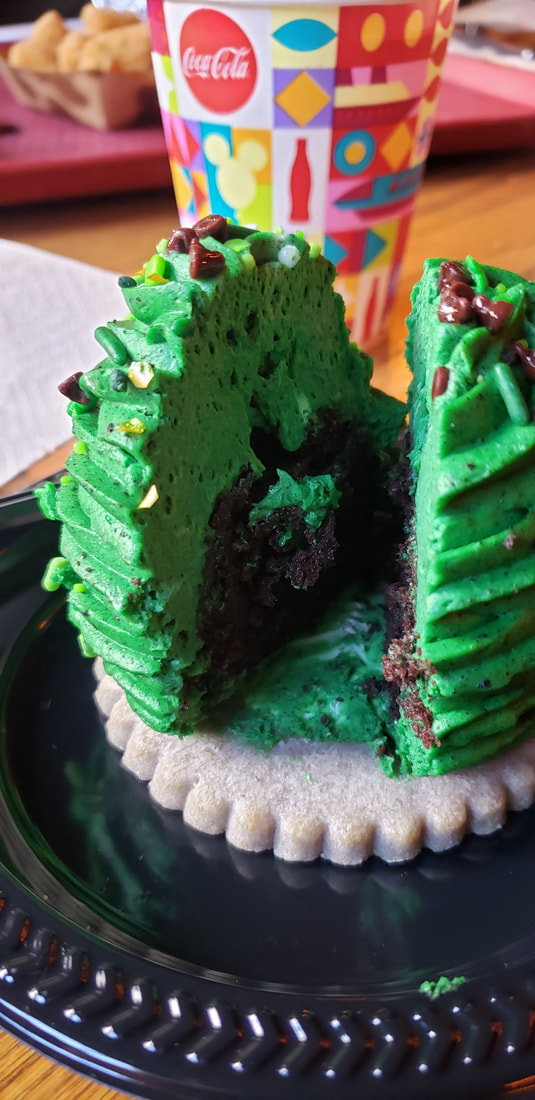
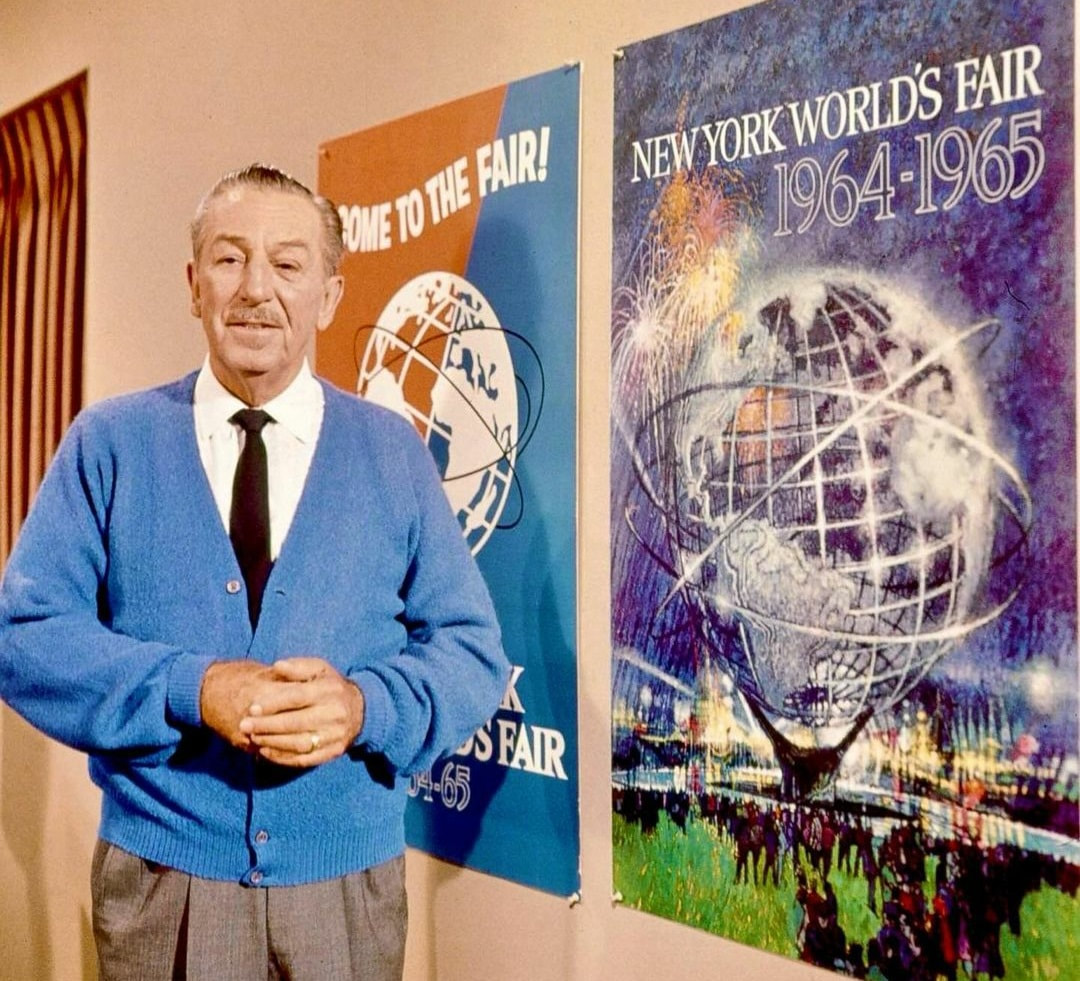
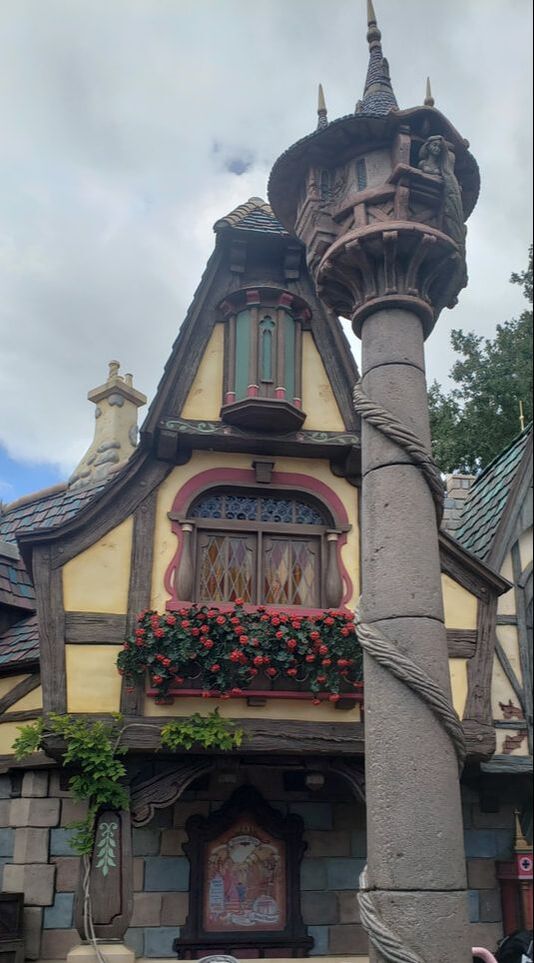
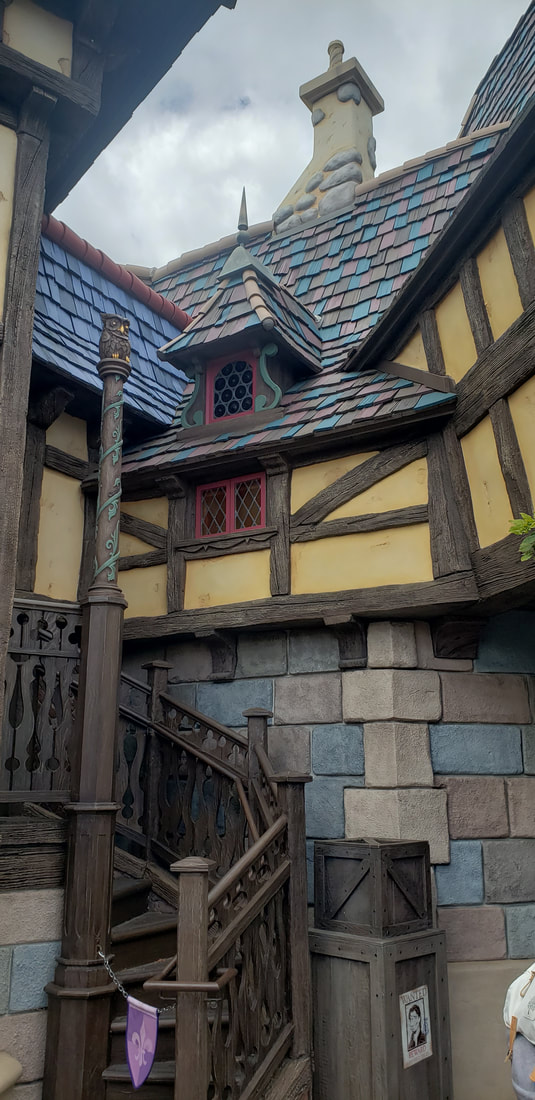
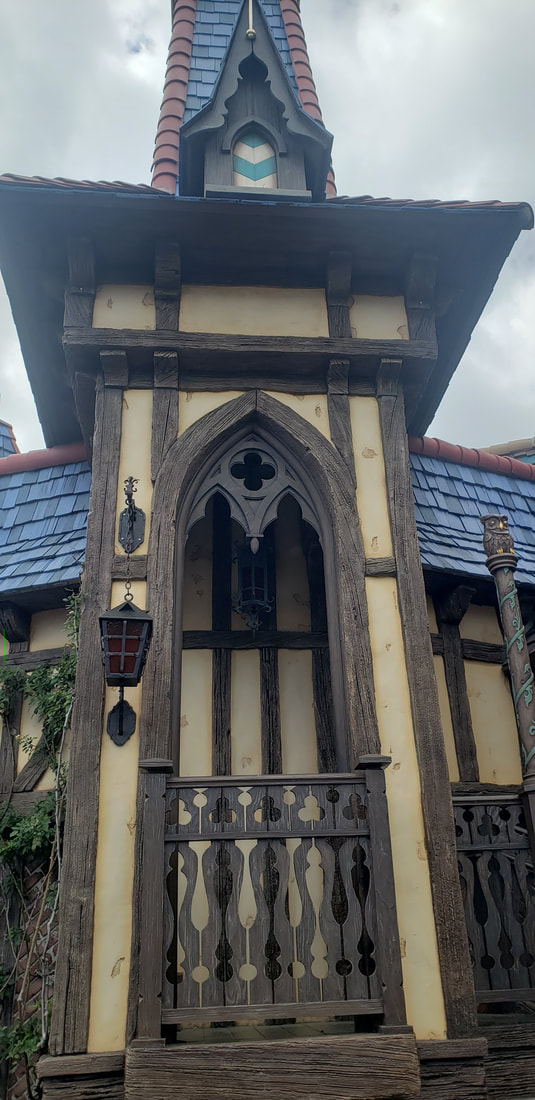
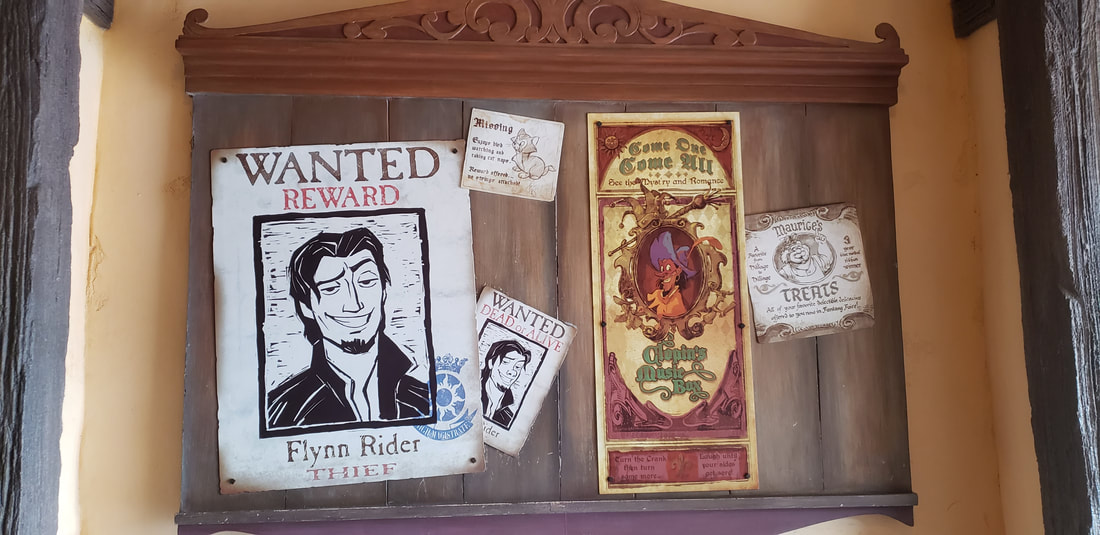
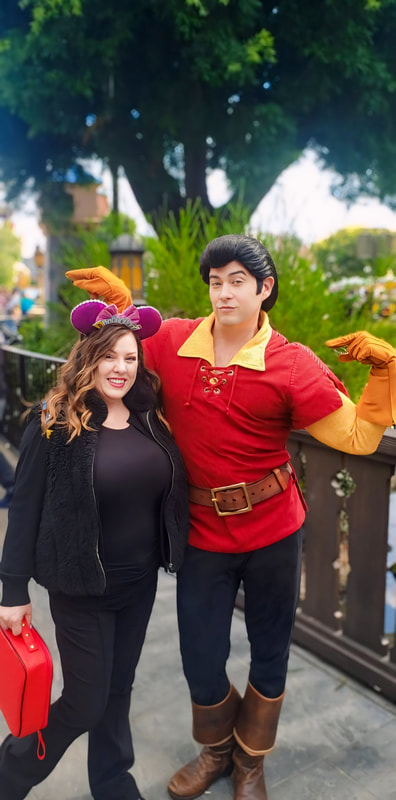
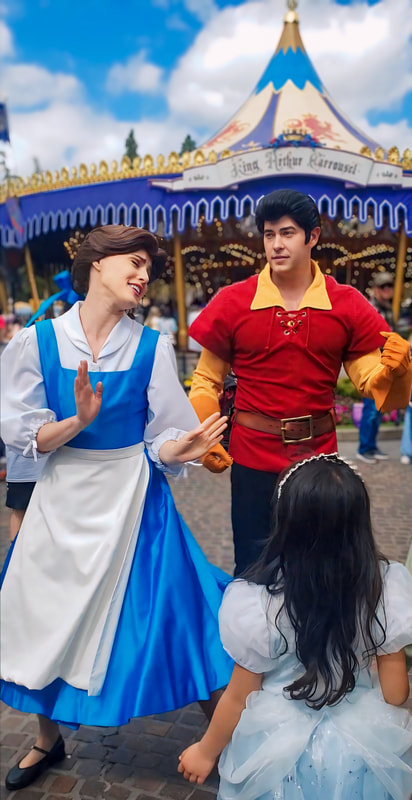
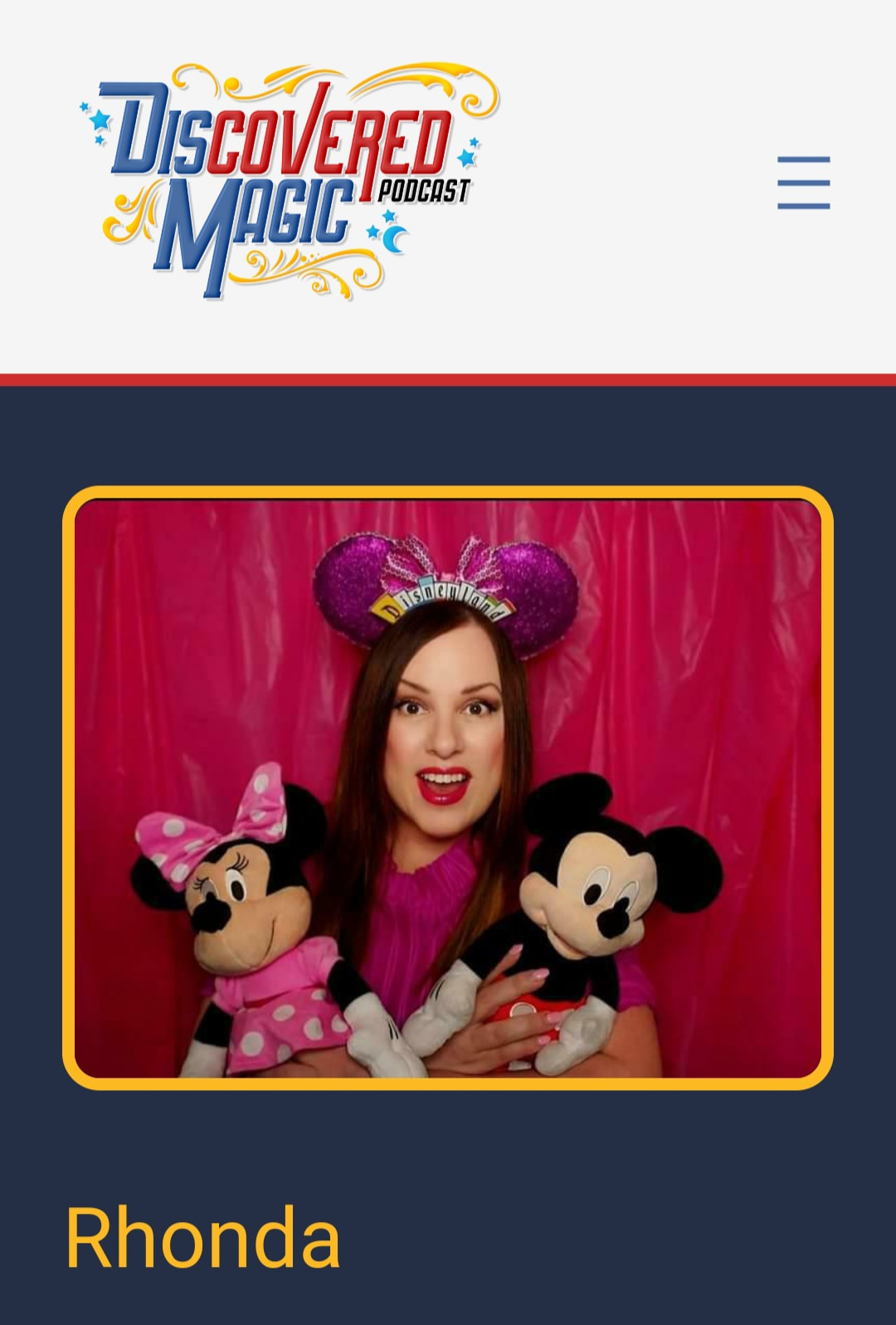
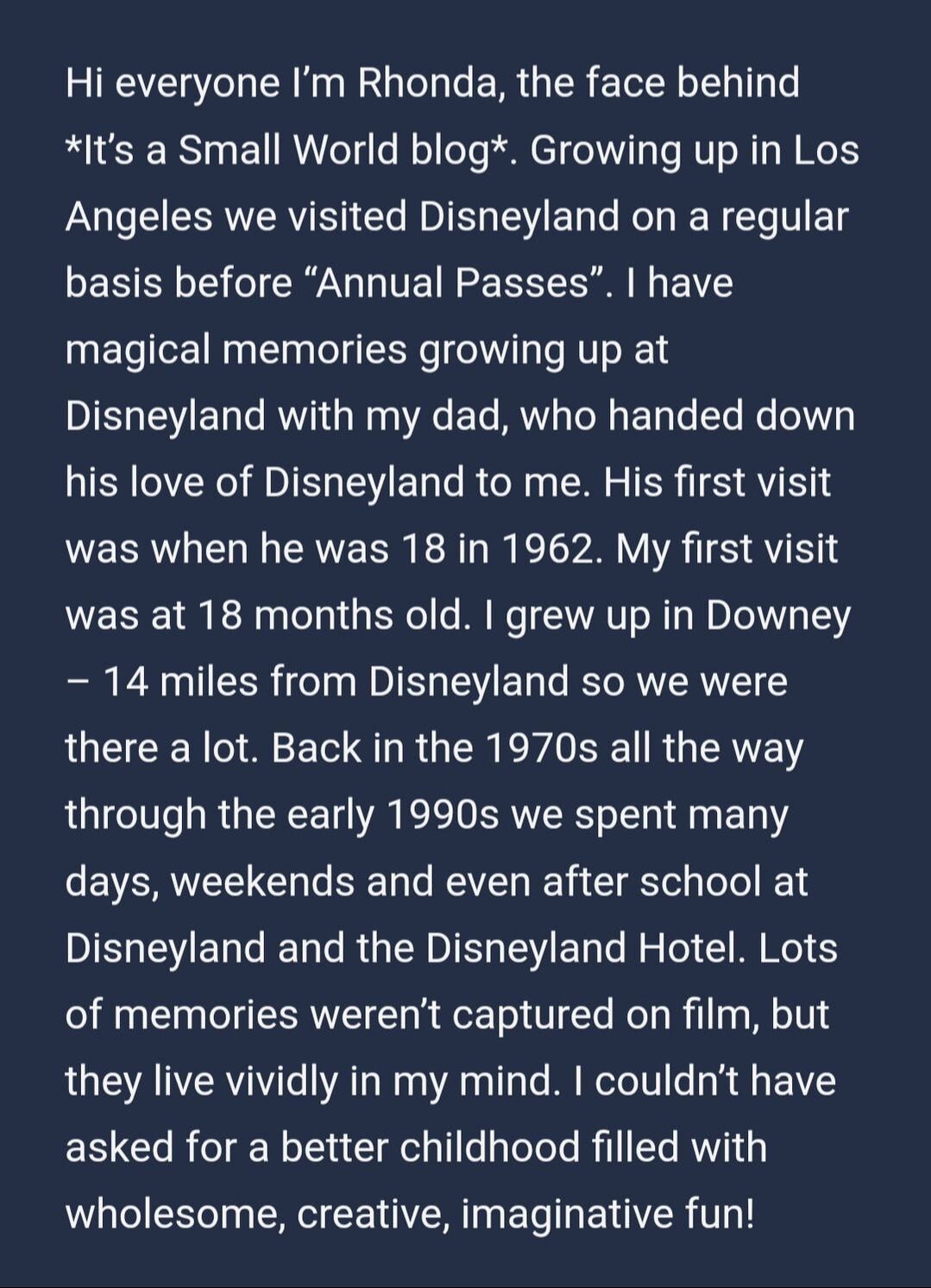
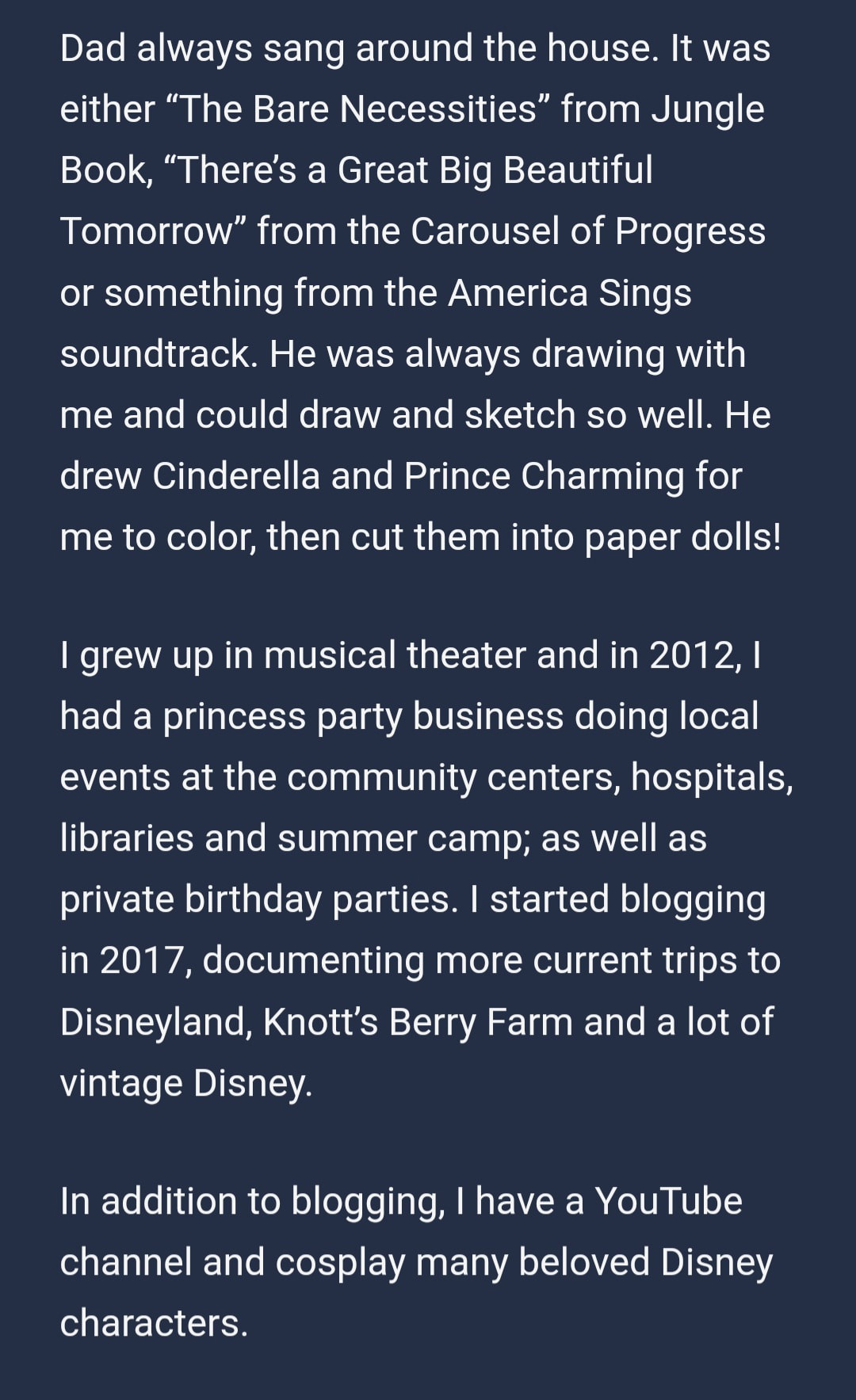
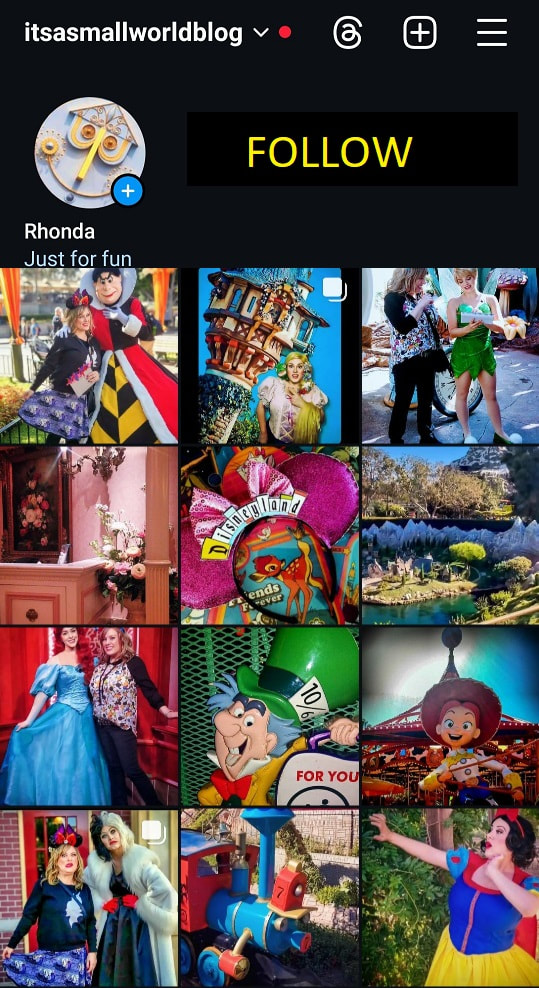

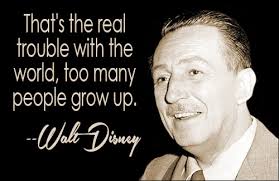
 RSS Feed
RSS Feed
